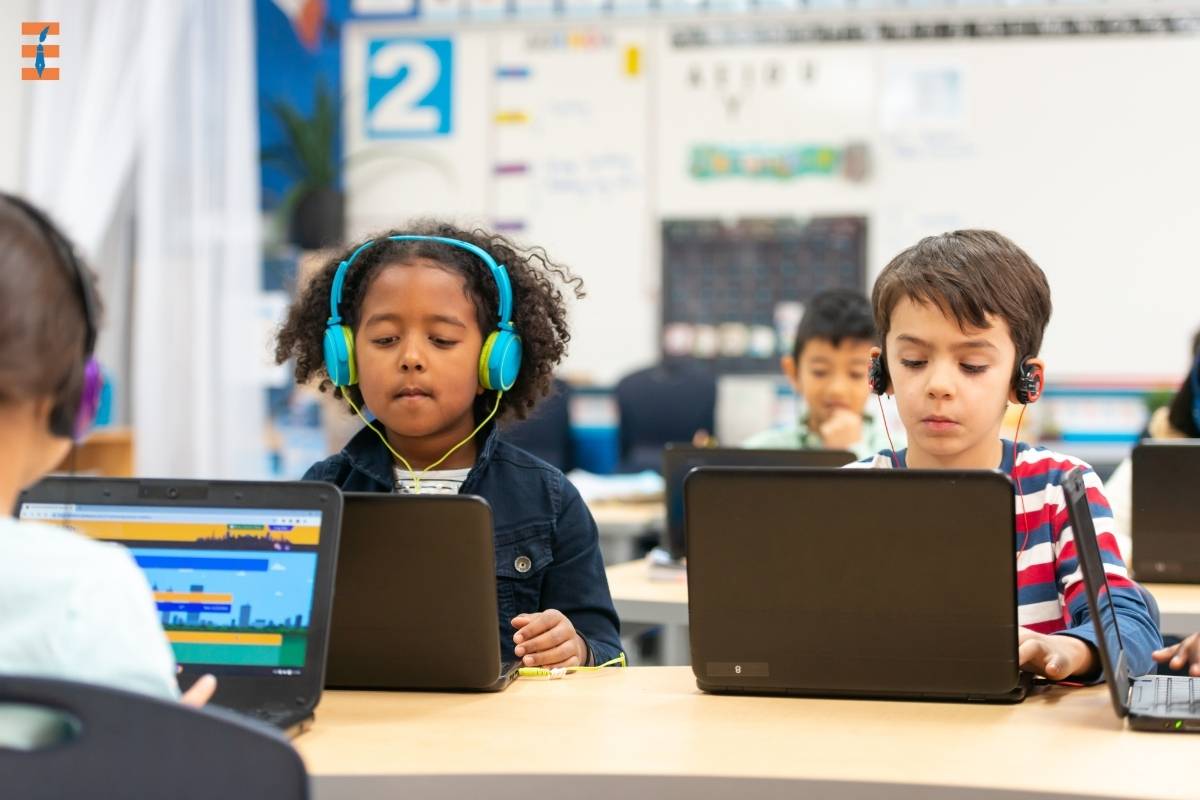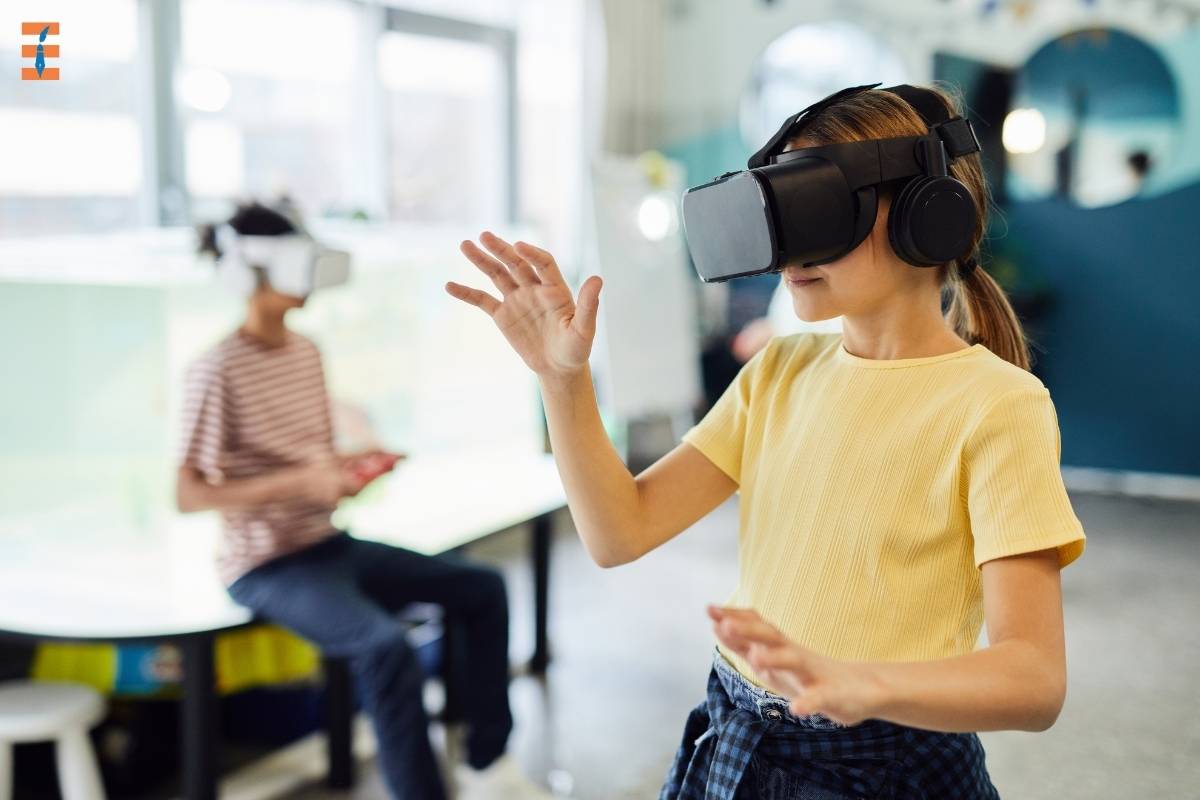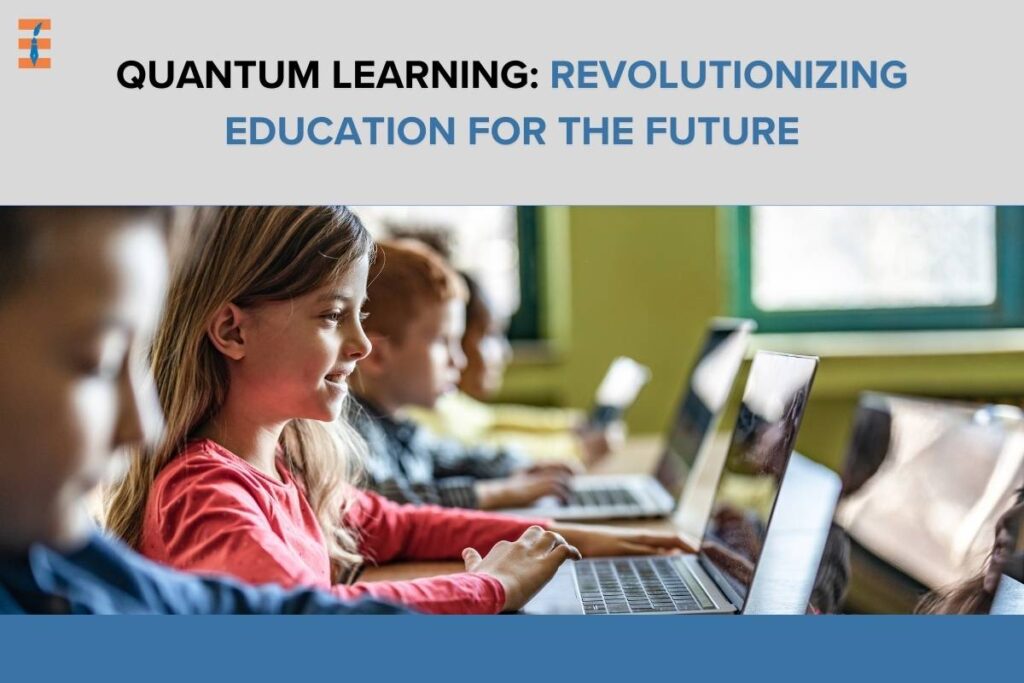In the ever-evolving landscape of education, the quest for more effective learning methodologies is constant. Traditional educational approaches have served us well for centuries, but in the age of rapid technological advancement and complex global challenges, there’s a growing recognition of the need for innovative approaches to learning. One such approach that holds immense promise is Quantum Learning. Combining principles from quantum mechanics with cognitive science and educational psychology, it offers a paradigm shift in how we understand and harness the potential of human cognition. This article delves into the essence of Quantum Learning, exploring its principles, applications, and implications for the future of education.
Understanding Quantum Learning:
It draws inspiration from the principles of quantum mechanics, a branch of physics that deals with the behavior of particles at the atomic and subatomic levels. At its core, quantum mechanics challenges classical Newtonian physics by introducing concepts such as superposition, entanglement, and uncertainty. These principles, though often counterintuitive, have revolutionized our understanding of the universe.
In the context of education, it extends these principles to the realm of cognition and learning. It views the human mind not as a classical computer that processes information linearly but as a complex system that operates in parallel, embracing ambiguity, interconnectedness, and the potential for simultaneous multiple states.
Key Principles of Quantum Learning:
1. Superposition
In this, learners are encouraged to explore multiple perspectives and possibilities simultaneously. Instead of adhering to a rigid either-or mentality, learners embrace ambiguity and complexity, allowing for a richer understanding of the subject matter.
2. Entanglement

Just as particles can become entangled and influence each other’s properties instantaneously over vast distances, learners in a Quantum Learning environment are interconnected. Collaboration, discussion, and interaction among learners are emphasized, fostering a sense of collective intelligence and shared understanding.
3. Uncertainty
It embraces uncertainty as an inherent part of the learning process. Rather than seeking definitive answers, learners are encouraged to ask questions, challenge assumptions, and explore the unknown. This cultivates curiosity, resilience, and adaptability in the face of complexity.
Applications of Quantum Learning in Education:
1. Personalized Learning
It recognizes that each learner is unique, with individual strengths, preferences, and learning styles. Through adaptive algorithms and personalized learning pathways, education can be tailored to meet the specific needs of each learner, maximizing engagement and comprehension.
2. Immersive Technologies

Virtual reality (VR), augmented reality (AR), and other immersive technologies provide powerful tools for experiential learning. By creating immersive simulations and environments, learners can explore complex concepts firsthand, enhancing comprehension and retention.
3. Collaborative Learning Platforms
Online platforms and social learning networks facilitate collaboration and knowledge sharing among learners across geographical boundaries. By leveraging the collective wisdom of diverse communities, Quantum Learning transcends traditional classroom limitations and fosters a global culture of learning.
Implications for the Future:
The adoption of Quantum Learning has profound implications for the future of education:
1. Empowerment
It empowers learners to become active participants in their learning journey, fostering a sense of autonomy, agency, and lifelong learning.
2. Innovation
By embracing uncertainty and encouraging creative thinking, it cultivates a culture of innovation and entrepreneurship, driving societal progress and economic growth.
3. Equity

Quantum Learning has the potential to democratize education by providing accessible, personalized learning experiences to learners of all backgrounds and abilities, narrowing the achievement gap, and promoting social inclusion.
Conclusion:
As we stand on the cusp of a new era in education, it offers a transformative vision for the future. By embracing the principles of quantum mechanics and harnessing the power of human cognition, we have the opportunity to revolutionize learning and unlock the full potential of every individual. As we embark on this journey, let us embrace uncertainty, cultivate curiosity, and dare to imagine a world where education knows no bounds.
FAQs on Quantum Learning:
1. What sets Quantum Learning apart from traditional education?
Ans: It integrates principles from quantum mechanics into education, emphasizing simultaneous exploration, collaboration, and uncertainty acceptance, unlike traditional linear approaches.
2. How does Quantum Learning cater to diverse learners?
Ans: It employs personalized strategies, adaptive algorithms, and immersive technologies to accommodate individual learning styles, fostering engagement and comprehension.
3. Can Quantum Learning be integrated into existing educational systems?
Ans: Yes, by gradually introducing its concepts, experimenting with new methodologies, and leveraging technology, educators can adapt existing systems to embrace its principles.
4. What challenges are associated with implementing Quantum Learning?
Ans: Educator adaptation, investment in training and technology, and the acceptance of uncertainty are challenges, but the potential benefits, such as improved outcomes, justify the effort.
5. How can Quantum Learning be applied practically in the classroom?
Ans: Through collaborative activities, inquiry-based learning, and technology integration like virtual reality, educators can create dynamic environments fostering curiosity, creativity, and critical thinking.
Also Read: Top 5 Universities in Australia










